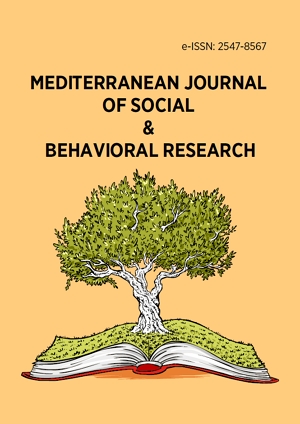Abstract
The Coronavirus disease (COVID-19) is the defining global health crisis in contemporary times. To date, there is no particular cure for COVID-19 and prevention remains the chief approach in tackling the pandemic. Social distancing, hand sanitising, wearing of nose masks and handwashing have been imposed by the government of Ghana to limit the disease spread. However, research (e.g., Bonful et al., 2020) shows that some sections of Ghanaians do not fully adhere to the COVID-19 preventive measures. This study sought to examine the extent to which university students observe each of the aforementioned government-imposed COVID-19 preventive measures and the factors that impair students’ efforts to observe these measures. Using a multi-stage sampling procedure, a total of one hundred and eighty-three students (88 males and 95 females) with mean age of 26 participated in the study. A cross-sectional survey design was employed for the study, and a questionnaire was used for data collection. Whereas most respondents reported wearing their nose masks and sanitising their hands quite frequently, a significant few also declined practicing these. Maintaining social distancing was the least and most infrequent practiced preventive measure. The barriers to observing the preventive measures included the number of students the university maintains in a room, unavailability of the needed materials and inappropriate positioning of the handwashing and hand sanitising stations, the expressed discomfort associated with prolonged use of facemasks, and the social behaviours of students not taking such actions in response to normative group influence. It was recommended that the university management invest more resources to increase and equip the handwashing and hand sanitising stations, modify the existing policy on room intake in the university halls and review the policy on instructional periods to facilitate student’s efforts in observing the preventive measures. In addition, awareness creation in terms of billboards and screen teasers are needed on the campuses to sensitise and engender students to do the needful.
Keywords
License
This is an open access article distributed under the Creative Commons Attribution License which permits unrestricted use, distribution, and reproduction in any medium, provided the original work is properly cited.
Article Type: Research Article
MEDITERR J SOC BEH RES, Volume 5, Issue 3, October 2021, 59-66
https://doi.org/10.30935/mjosbr/11293
Publication date: 21 Oct 2021
Article Views: 2158
Article Downloads: 1125
Open Access References How to cite this article
 Full Text (PDF)
Full Text (PDF)